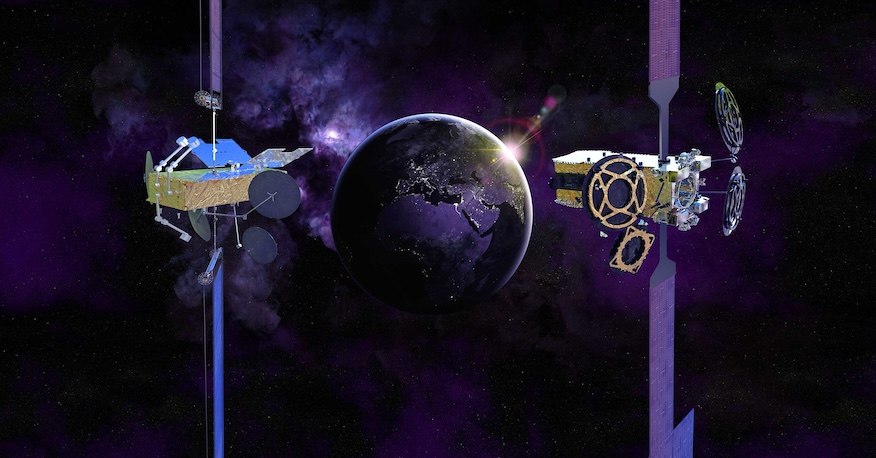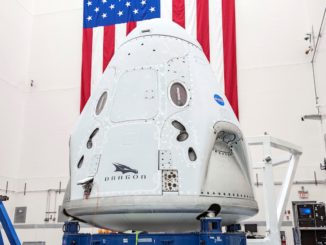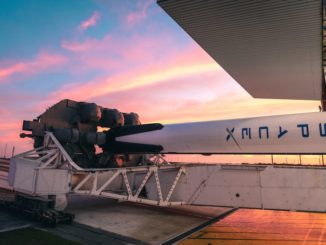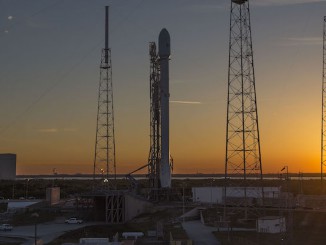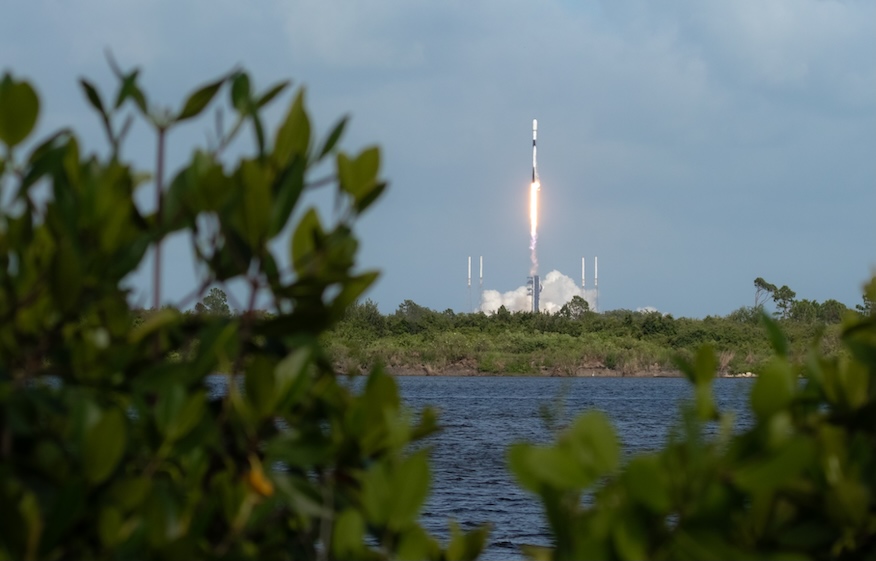
Update 6:53 p.m. EDT: SpaceX deployed the Astra 1P satellite.
The third time turned out to be the charm for SpaceX as it was able to launch the Astra 1P satellite to geostationary transfer orbit (GTO) on behalf of one of its oldest customers: Luxembourg-based SES. The mission came after two weather-related launch scrubs in a many days.
The Falcon 9 rocket lifted off from pad 40 at Cape Canaveral Space Force Station at 5:35 p.m. EDT (2135 UTC) on Thursday, June 20.
The Falcon 9 first stage booster supporting this mission, tail number B1080 in the SpaceX fleet launched for a ninth time. It previously supported the launches of two private astronaut missions for Axiom Space (Ax-2 and Ax-3), the European Space Agency’s Euclid observatory and four Starlink missions.
About 8.5 minutes after liftoff, B1080 landed on the SpaceX droneship, ‘Just Read the Instructions.’ This made the 84th booster landing for JRTI.
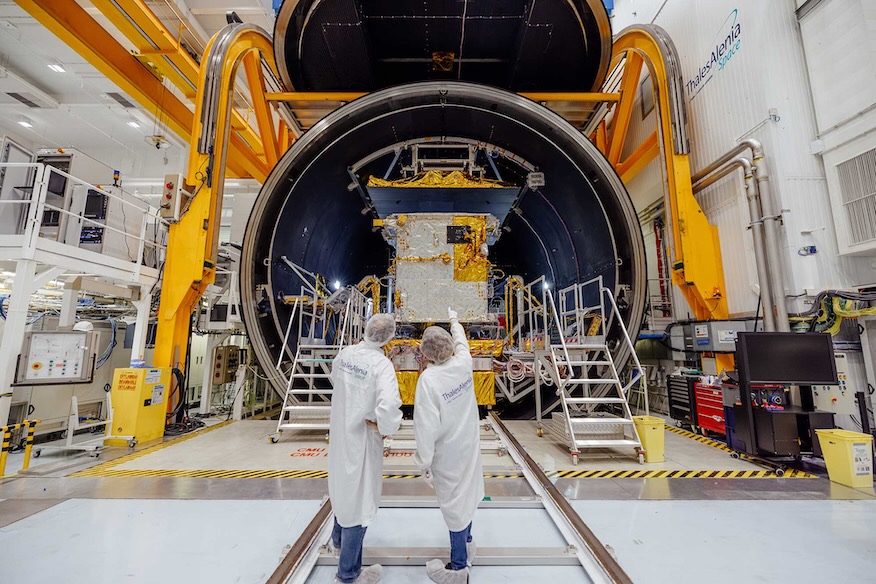
The launch snapped a rare stretch of almost 13 days without a Falcon 9 launch from Cape Canaveral, although two launches have occurred from the company’s West Coast launch pad at Vandenberg in that time.
Following the last-second abort the Starlink 10-2 launch attempt on Friday, Kiko Dontchev, the Vice President of Launch at SpaceX, wrote on X (formerly Twitter)”: “This will be the first week we’ve gone without a Falcon Launch in a long time. Unplanned downtime due to weather or unexpected issues happens, it’s how we respond that matters. The launch business takes grit and when things go wrong, our true form comes to life. Bring it on!!!”
Welcome back, SES
Onboard the SpaceX’s 62nd Falcon 9 launch of 2024 was the Astra 1P satellite, which is also referred to as SES-24. The Luxembourg-based telecommunications company is a long-time customer of SpaceX’s launch services.
In fact, the first payload that a Falcon 9 launched to geostationary transfer orbit (GTO) was SES-8 on Dec. 3, 2013 on the seventh of the rocket.
The Astra 1P satellite continues a legacy of television satellites in the Astra 19.2°E group that goes back to Astra 1A, which launched in 1988. There are currently four satellites in use within this orbital position: Astra 1KR, Astra 1L, Astra 1M and Astra 1N.

Astra 1KR and Astra 1L were manufactured by Lockheed Martin, while Astra 1M and Astra 1N were built by Astrium (now Airbus Defene and Space). In 2021, SES contracted Thales Alenia Space to manufacture Astra 1P and Astra 1Q.
Both Astra 1P and Astra 1Q will feature direct-to-home (DTH) functionality, but the latter will also be “customizable on orbit and can be deployed easily to other orbital positions.”
“Our prime TV neighborhood at 19.2°E is one of our most valuable assets and has been key to enabling renowned European broadcasters to grow their TV audiences in the last 30 years. These two satellites will have the resiliency, reliability and redundancy that our video customers need, and will be able to deliver continued premium services well into 2040,” said Steve Collar, the former CEO of SES, in a 2021 statement. “Additionally, thanks to advanced satellite technology, we will be future-proofing our investment and injecting a high degree of flexibility into ASTRA 1Q to ensure we are meeting the evolving needs of all the markets we serve.”
ASTRA 1P is our 12th dedicated mission with @SES_Satellites, having first launched SES-8 in 2013, followed by the first reflight of Falcon 9 during SES-10, and most recently, the third O3B mPOWER mission last year pic.twitter.com/YS6OjUrTNf
— SpaceX (@SpaceX) June 19, 2024
Prior to launch, in a recorded statement, Adel Al-Saleh, the current CEO of SES, said Astra 1P is designed to replace the four satellites currently stationed at the 19.2°E position.
“This satellite will serve some of our largest media customers, like Sky, Canal+, Telefónica and RTL to deliver the valued, high quality content to their customers,” Al-Saleh said. “And it will also address the growing demand of sports and events, so that customers, like the NFL and various football leagues, can easily distribute their content across Europe.”
